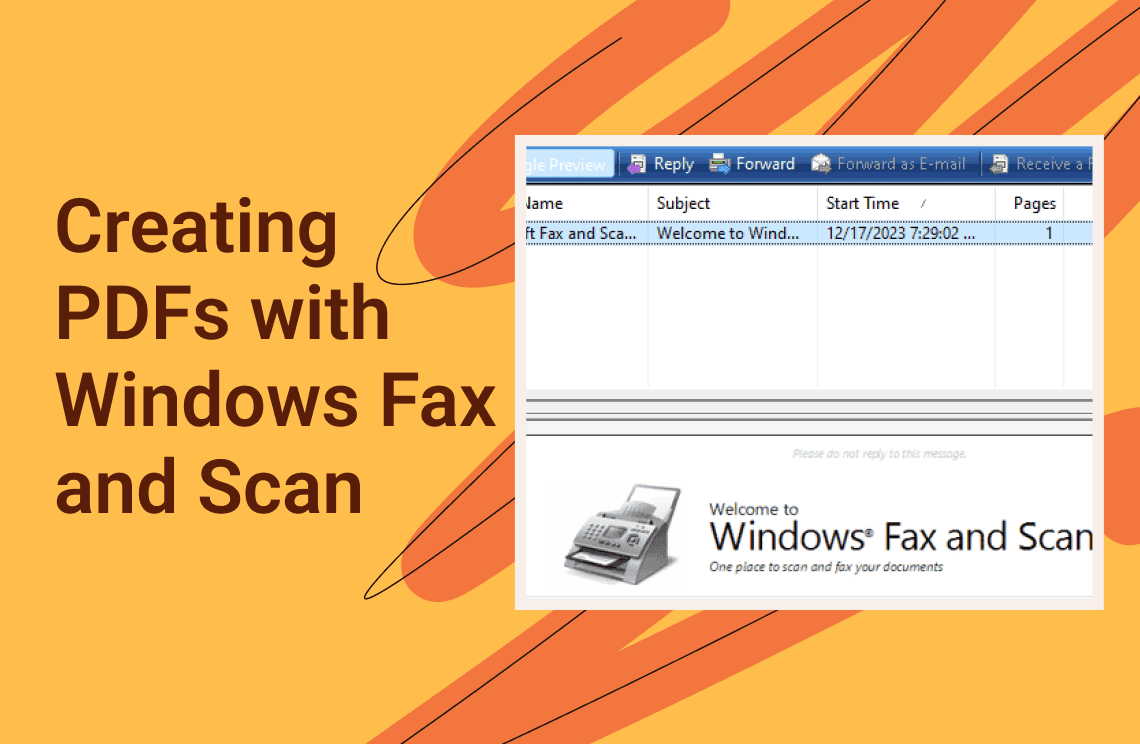Watermarking is an identifying image, text, logo, or pattern superimposed on a physical or digital medium, such as paper, photos, videos, or documents. In traditional paper-based applications, watermarks are created by varying the thickness or density of the material during manufacturing, making them visible when held up to light. In digital contexts, watermarks are semi-transparent overlays added to media to indicate ownership, authenticity, or classification.
Digital content sharing is rampant these days. Digital content creators who do not want their content shared indiscriminately can decide to add watermarks to their content. Watermarks help prevent unauthorized persons from using other people's digital content as if they own it. In this informative piece, you will learn how to remove watermarks with ease.
Types of Watermarks
Before we proceed further, it is imperative to describe the types of watermarks for our better understanding. The various types are described below:
- Physical watermarks: Found in paper products like currency, postage stamps, and official documents. These are often used for anti-counterfeiting and quality assurance purposes.
- Digital watermarks: Applied to digital files such as images, videos, and PDFs. They serve as branding tools, copyright protections, or indicators of document status (e.g., "Draft" or "Confidential").

Use Cases of Watermarks
Watermarks have diverse applications across industries and media types; some of the various uses are described below:
1. Copyright Protection: Digital watermarks deter unauthorized use by asserting ownership over content like photos, videos, and music. For example, photographers often add watermarks to their images before sharing them online. Anyone who sees the watermark will avoid using such an image, music, or video.
2. Document Security: Sensitive documents such as contracts, legal papers, and academic certificates usually include watermarks, and this is put in place to prevent forgery or unauthorized distribution. Such documents are highly sensitive and also confidential, requiring complete protection from unauthorized sharing. Common watermark labels on such documents include "Confidential" or "Do Not Copy".
3. Branding: Companies use watermarks to embed logos or slogans into their content for brand recognition. This is common in marketing materials and creative works. Including the watermark will help the organizations to promote their products and reinforce their identity. The watermark in this case can come in the form of the company's name, slogan, or logo.
4. Status Indicators: Watermarks like "Draft," "For Review," or "Final" help collaborators understand the current stage of a document during editing or review processes.
5. Anti-counterfeiting: On physical items like currency or government documents, watermarks act as security features to verify authenticity. They help discourage unauthorized persons from reproducing these items, thereby preventing public destabilization.
Methods for Removing Watermarks
It can be necessary to remove watermarks, especially in cases where original files are unavailable or when reusing content legally. You can remove watermarks whether or not you are the original owner of the digital content. Check below for some common tools and techniques:
Image editing software
- Photoshop: Offers tools like the Healing Brush and Magic Eraser to remove watermarks from images seamlessly.
- GIMP: A free alternative that supports watermark removal through retouching and batch processing.
- Inpaint: Specializes in removing unwanted objects like watermarks with minimal effort using selection tools.
If the methods mentioned above fail to work, you can also try out any of the dedicated watermark removal tools described below;
- Photo stamp remover: Allows users to erase watermarks from multiple images simultaneously while retouching affected areas.
- PicWish: An online platform for quick watermark removal using advanced algorithms
- PDF Editors: Tools like PDF Agile allow users to remove text-based or image-based watermarks from PDF documents if they have editing permissions.

Video Editing Software
Programs like Adobe Premiere Pro or specialized tools can remove watermarks from videos by cropping the frame or using masking techniques. These editing options are often used by professionals to clean up visuals or adapt content for reuse. However, users must understand the purpose of such edits and ensure they are done within legal boundaries.
Ethical considerations
While watermark removal tools are widely available, it is important to respect intellectual property rights and avoid unauthorized use of copyrighted materials. Removing a watermark without permission may lead to legal consequences. Creators rely on watermarks to protect their work, so tampering with them not only violates copyright law but also undermines creative ownership and trust.
For Further Reading
From the information above, you will have learned the definition of watermarking and how to remove it. It can learn how to remove watermarks in my articles. Bear in mind that the information provided here should be used at your discretion and applying it for illegal purposes is not supported. Also, you can find more interesting knowledge articles in Knowledge | PDF Agile.





